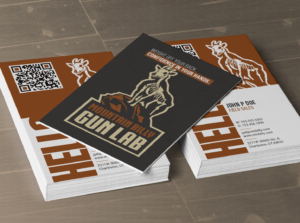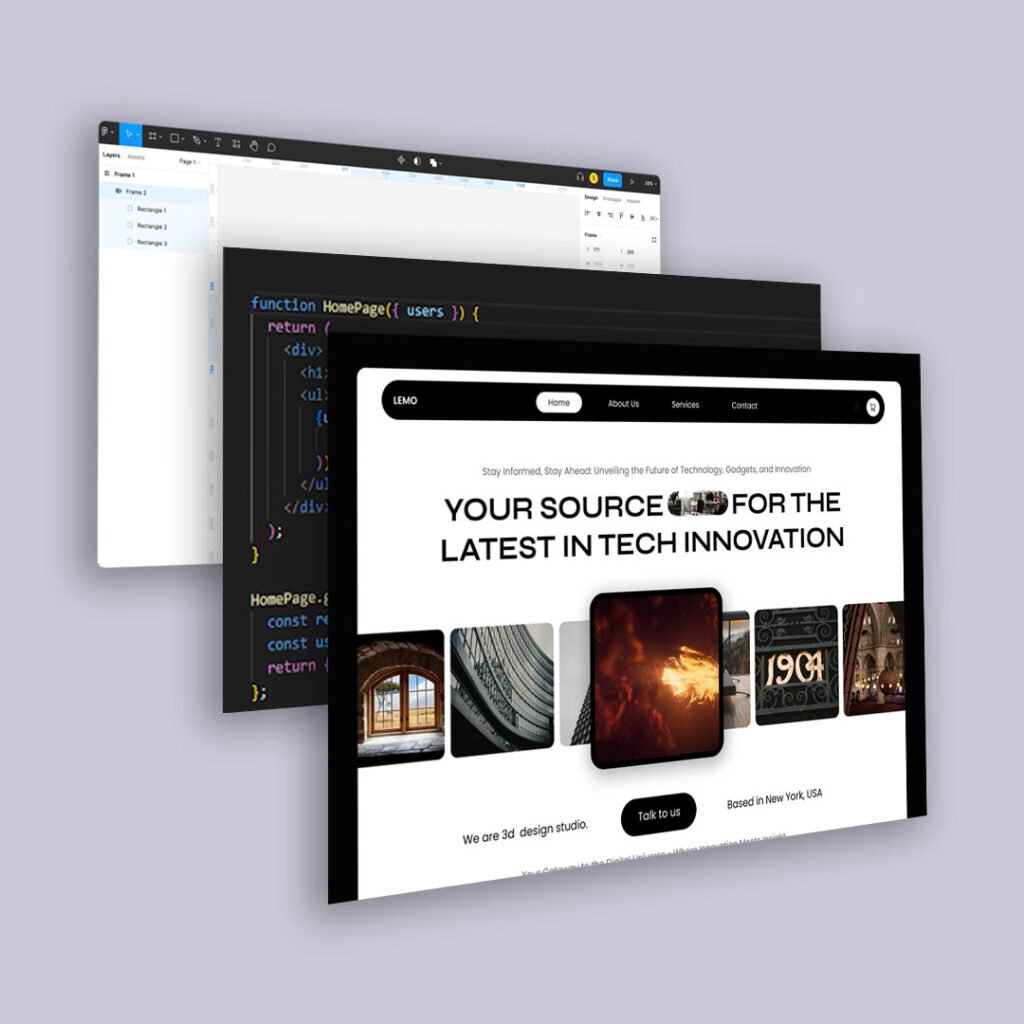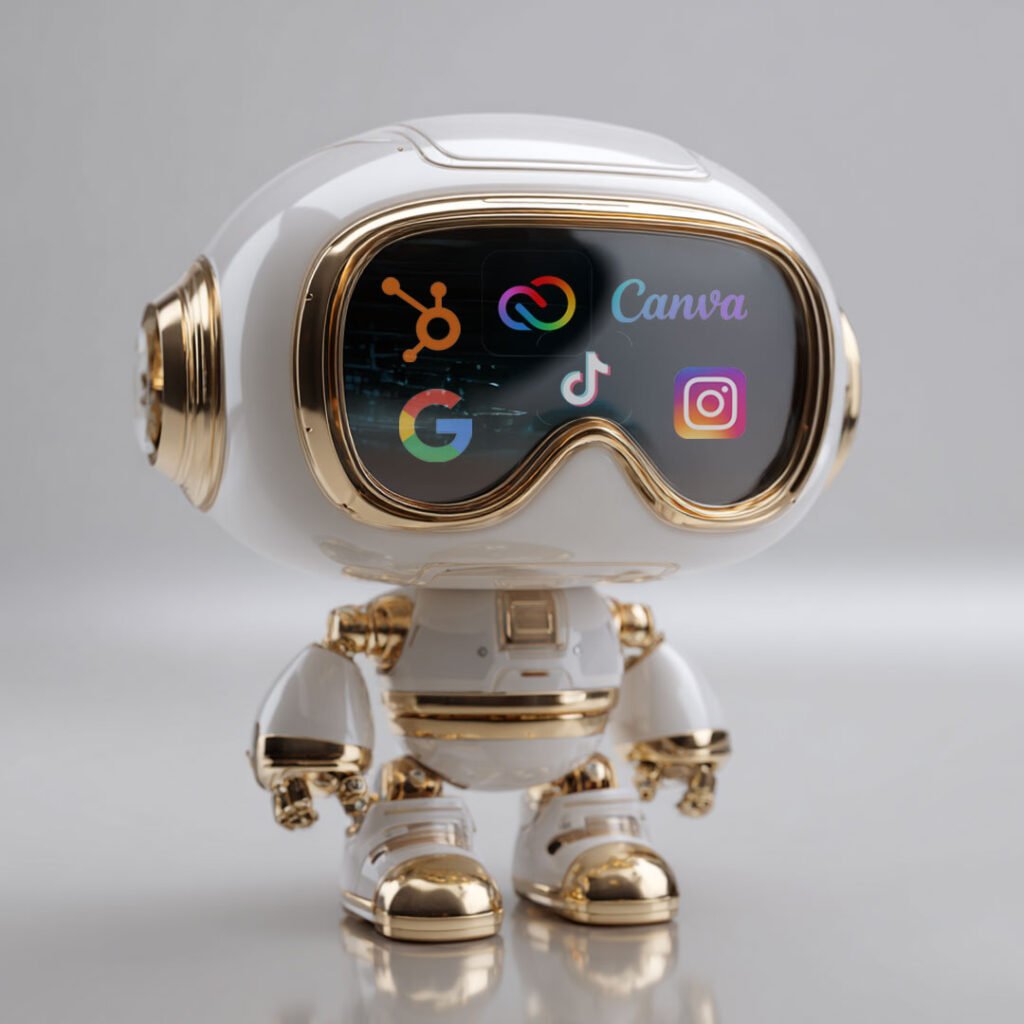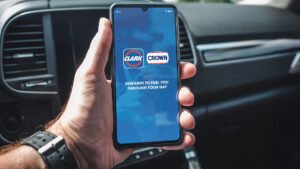
Marketing, Creative, and CX director
Designing for Real Human Behavior
Hi, I’m Amber, a marketing, creative, and customer experience director with deep roots in UX and a behavioral-science mindset. I build strategies, brands, and digital experiences that meet people where they are—then move them to action.
Featured Articles & Tips
Expertise Across Strategy, Creative, and Execution
Strategy isn’t just big-picture thinking—it’s hands-on, human-centered work across touchpoints. I lead and execute at the intersection of:
Marketing Strategy & Execution
Creative Direction & Branding
Web Design & Development
Advertising & Media Strategy
Data &
Consumer Insights
I write about the psychology behind trust, design, marketing, and what makes brands resonate. Sometimes I write about recovery and reinvention, too.
Most teams don’t lose time because anyone can’t do their job. They lose time in the gaps between jobs. Dev asks whether the “card” is a reusable component or a one-off. Design says it’s a component, but the file has three slightly different paddings. Someone realizes the mobile layout wasn’t...
I can understand a medical explanation and still fall apart in a parking lot ten minutes later. That used to confuse me, mostly because it felt irrational. I assumed knowledge would do most of the emotional heavy lifting. If I could learn enough, ask enough questions, follow the plan precisely,...
Most brand work is either outward-facing (“What do customers think of us?”) or inward-facing (“How do we attract talent?”). The problem is that your buyers and your employees experience the same company. When the story they’re told doesn’t match the reality inside, trust erodes fast. A modern brand has to...
There are people who change the temperature of a room the second they enter. Not because they’re loud or relentlessly cheerful, but because they carry a steady kind of “we’ll figure it out.” Spend enough time with them and your shoulders drop, your thoughts unclench, and the next step stops...

Behavior-Driven Marketing That Connects
Everything I build—every campaign, every strategy, every message—starts with a single goal: real connection. When marketing aligns with how people naturally think, feel, and behave, it stops feeling like a pitch and starts feeling like a conversation.
I use behavioral science not as a gimmick, but as a guide—to create work that feels intuitive, thoughtful, and human. It’s not just about reach. It’s about resonance.
Because the best marketing doesn’t just get noticed. It builds trust. It creates movement. And it sticks.


















